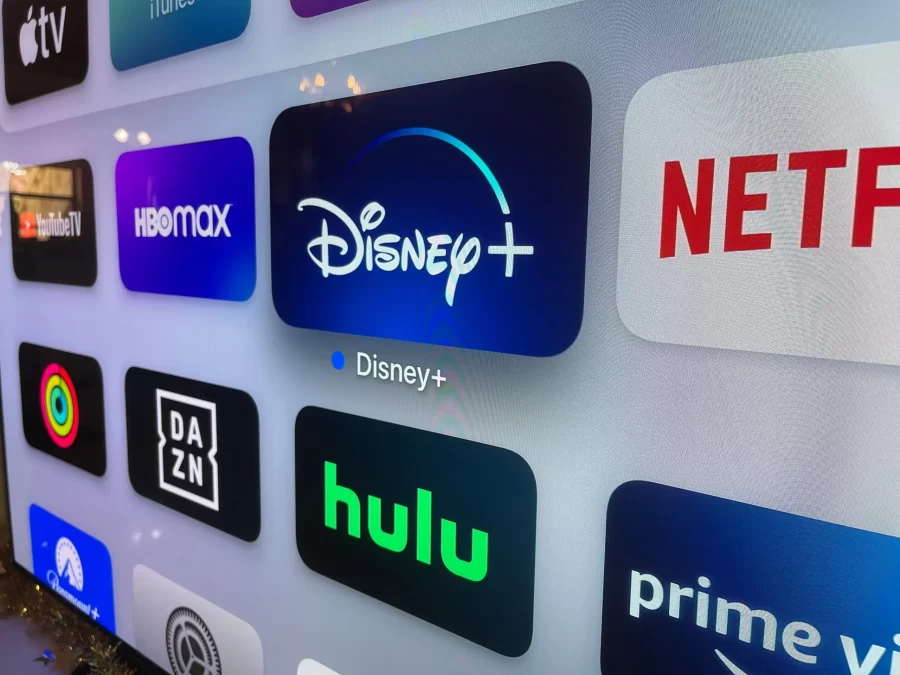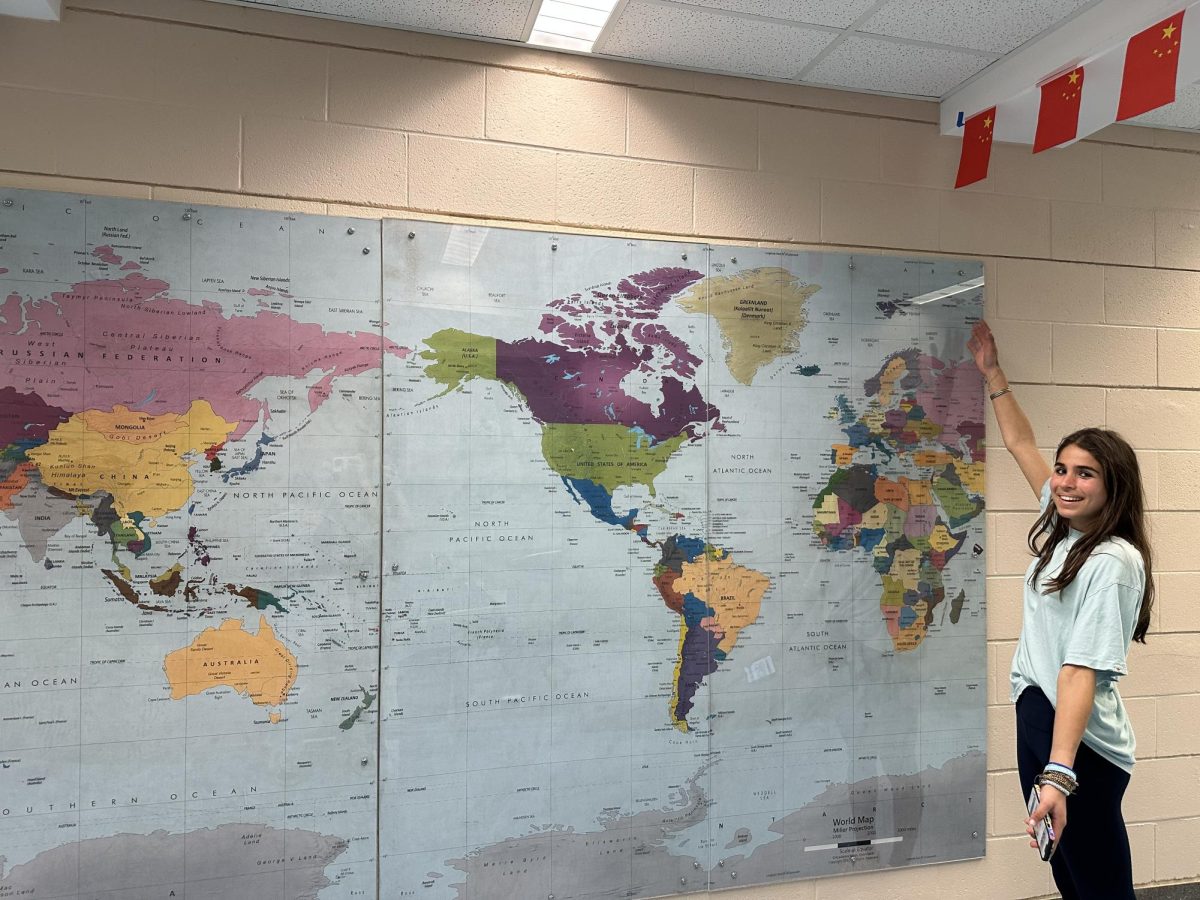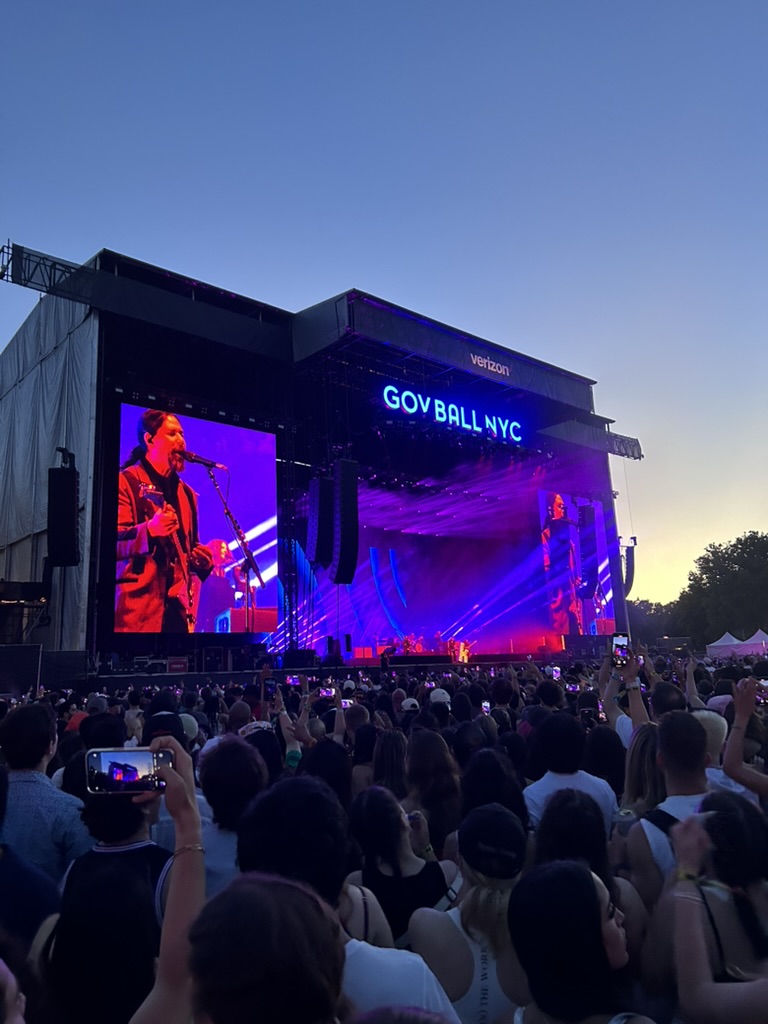The Failures of Zoo “Conservation”
In the modern era, Zoos have begun being questioned for many things, one such example being the validity and impacts of their conservation efforts. I hope to inform you about the deceptiveness of the Zoos’ agendas, and how they cause more harm than good for their animals.
June 14, 2022
How much are zoos dedicated to their animals? This may seem like a ridiculous question, like zoos, in their essence, are supposed to protect and help animals, the amount of money and time going into preserving species of animals is far smaller than it initially seems.
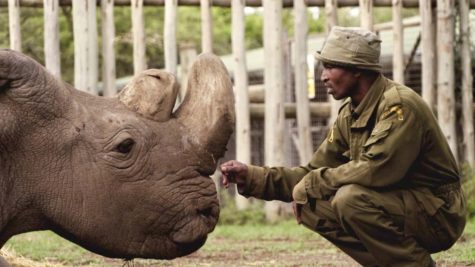
Zoos are one of the most prominent ways animals are preserved in the modern era. They are fundamental to the survival of many species, such as tigers, who have a higher population in captivity than in the wild, and who without such efforts, would have dwindling populations, as “Estimates put the population of captive tigers in private hands in the US alone at 5,000. In tiger farms across China, Laos, Thailand, and Vietnam there are thought to be over 8,000 more.” (WWF). However, zoos have proven time and time again that their “efforts” to protect their species are minimal to non-existent. This is because fundamentally zoos, at the end of the day, are a business. So as long as their products – the animals – are good enough, they don’t have to lift a finger.
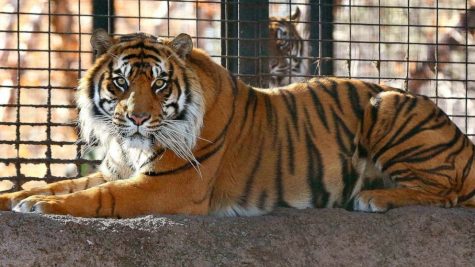
To begin, the concept of conservation in zoos is blown drastically out of proportion, with efforts of preserving species being not nearly as large as they would appear. For example, according to Emma Marris from the New York Times, certain “A.Z.A. [Association of Zoos and Aquariums] facilities report spending approximately $231 million annually on conservation projects. For comparison, in 2018, they spent $4.9 billion on operations and construction.” (New York Times).
While many zoos flaunt their conservation efforts, they choose to either hide or put less emphasis on the other expenses. These expenses for operations and construction, while important, emphasize the true goals of the zoos. Once again, Zoos are a business, and when trying to make the most profit, they would not want to be spending large amounts of money on conservation, something that does not draw much profit for them. The lack of transparency adds to the deception and lies of Zoos in the modern era.
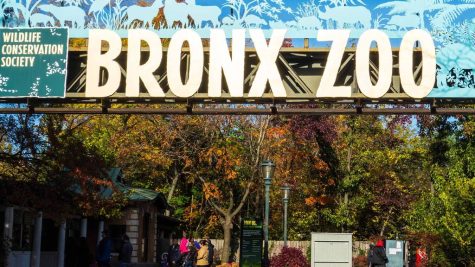
In addition, zoos create a dangerous future for their animals, as many of the species that reside almost entirely in zoos will not be able to survive in the wild. As previously mentioned, there are more tigers in captivity than in the wild. This means the majority of the future generations of tigers will only know life behind bars, crippling their ability to reinstate their life in the wild. According to the BBC, “Even a lifetime in the most humane zoo will have left animals too affected by years of a sheltered existence. Captive animals seldom learn crucial survival skills and often are too habituated to human contact.” (BBC). This makes the zoos’ efforts to maintain the species meaningless as if the species cannot exist in the wild, they are defeating the purpose of supporting them, further emphasizing that zoos care only for their business.
All in all, despite zoos having many benefits to protecting wild animals that would likely struggle if left alone, it is very easy to see through the mirage of “conservation”. With the budget for their infrastructure being over 20 times larger than the budget for conservation efforts, it becomes clear that zoos’ interests lie elsewhere, as any business would. Zoos conserve their budgets for preservation more than they conserve their species. For more information about the direct and indirect mistreatment of animals by humans, read Julia Blake’s article about the damage done to polar bears by global warming.



